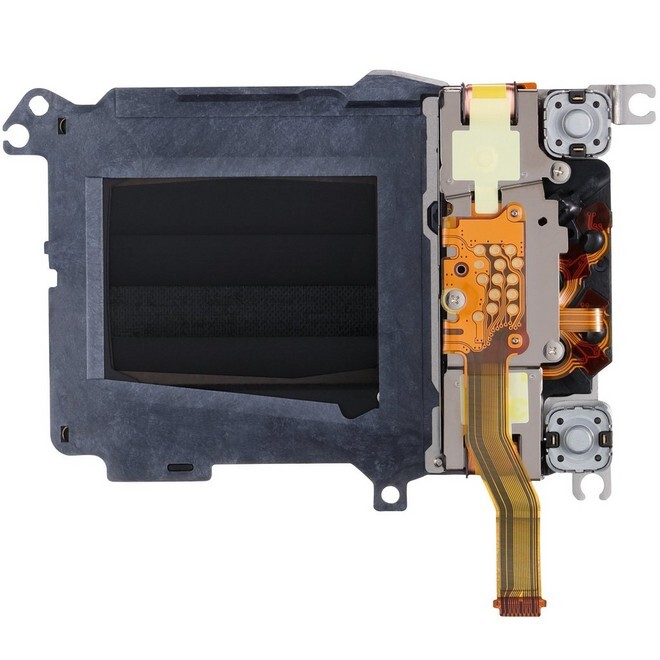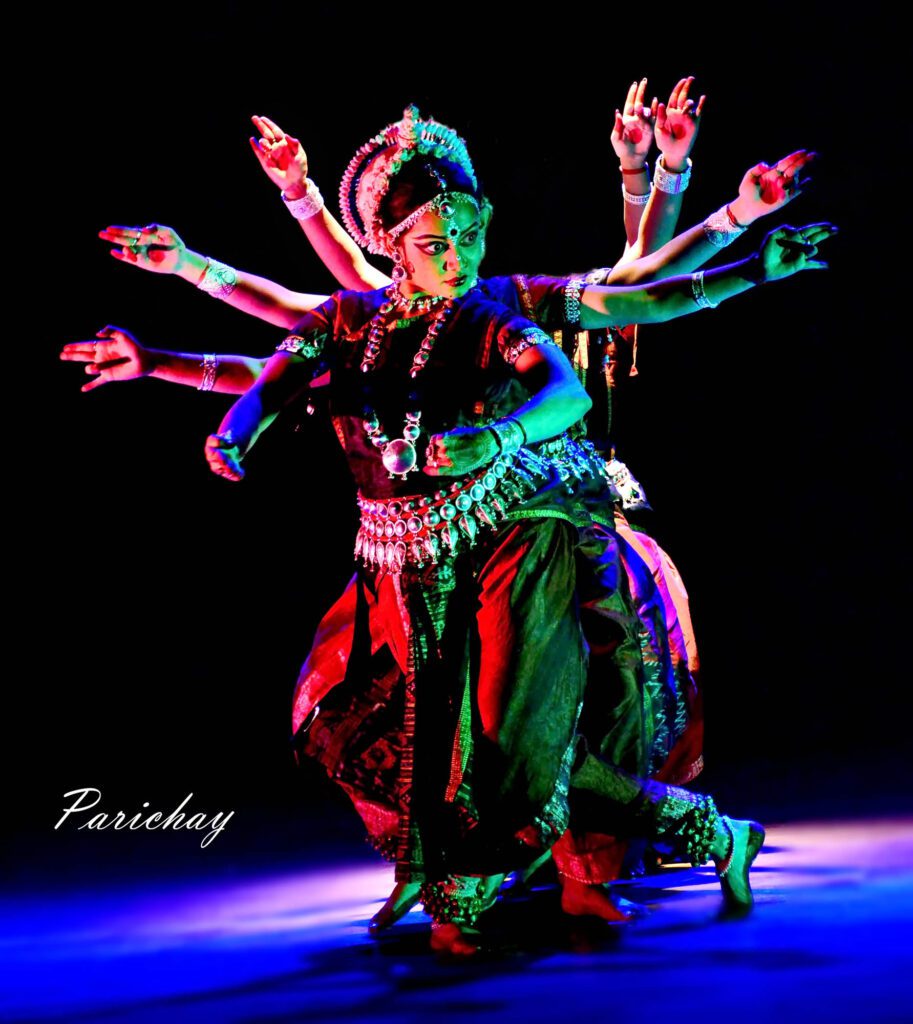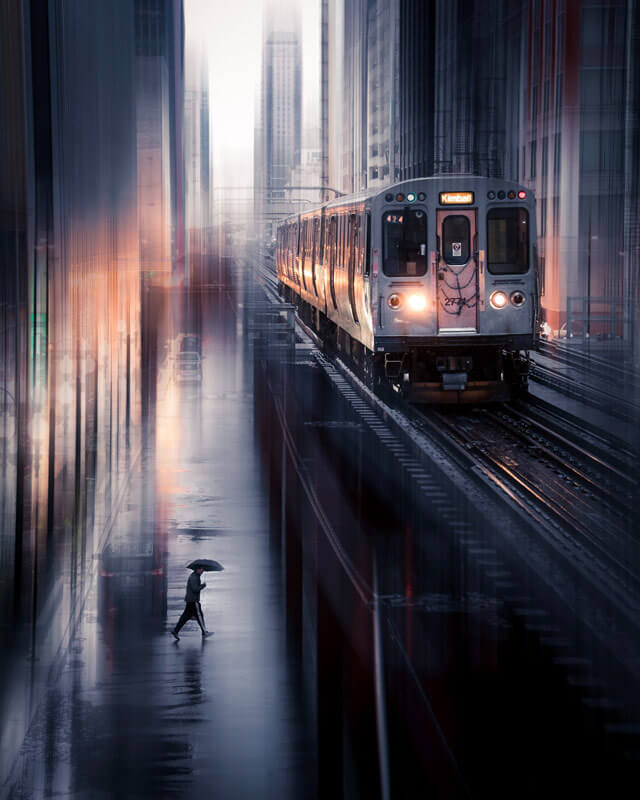Shutter speed (SS) is a process through which the shutter device modulates the light length with time to enter into the camera sensor. It is one of the mainstays of exposure (aperture, shutter speed, and ISO). It measures in a second or fractions of seconds. The longer is open, the lighter is recorded in the camera sensor. For example, 10s, 1s, 1/30s, 1/60s, 1/125s, and so on.

Performance of shutter speed
The above example elucidates that 10s means that the shutter will open for 10 seconds to enter the incident and keep the record in the camera sensor. The image will be gleaming. 1/30s or 1/500s means the shutter device will open and close 1 of 30th second. In detail, if we split a second and divided it into 30-parts time length, the shutter will open and close within one part of a second. The high-end cameras have the 30s to 1/8000s.

Shutter speed bulb mode
A special option is available to customize the time duration to enter light in the camera sensor. It is known as “Bulb” mode. But it is only used for long exposure purposes like star trail etc. You cannot set a fraction of a second in this mode.
Note
Remember that the increased value of SS decreases the amount of light enter into the sensor of the camera. For example, 1/250s will let in the half-light at a SS of 1/60s. Therefore, 1/125s invites double light than 1/250s.
Shutter speed and image
The variation of it enables a subject is in freeze or motion. Before starting the discussion, I want to give a table of shutter speeds for general purpose or common use.
If your lens has no image stabilization (IS) or vibration reduction (VR), then choose the SS of the minimum focal length of the lens. For example, a 50mm prime lens handheld shot should start with 1/60s.

However, if you use crop factor, image stabilization, and extreme focal lengths, it may break the rule. You get a clear idea of your lens manual detail about IS or VR. There it is clearly said how many stops it will assist for handheld shots. In general, it will be 1-3 stops lower than the focal length of a lens. For example, a 50 mm lens can allow you for a steady shot with 1/30s or 1/15s.
Shutter speed and sharpness
Suppose in a live on-stage dance program, the minimum SS is required 1/250s for freezing a moment. Some photographers want to capture a movement with 1/125s or 1/60s, then the subject will be a blur and lose the sharpness.
Sometimes, a photographer wants to take some creative shot with a lower value than 1/250s to record a motion in his/her composition. But it demands experience and practice to render an aesthetic look in a blurred picture.

Another example is the flowing stream or river water or the perfect SS that freezes the water. The lower shutter value gives a surreal effect of the flower water. It creates a motion blur effect in your composition.
My suggestion is that, have patience, give time, and click with 2 stops under and over the pre-determined SS of an object.
Shutter speed and panning technique
I already discussed the panning technique in my other article in Clickstory. Please go through it and practice with a moving car, cycle, human being, etc. The panning technique embeds a motion in a picture. By convention, the background will be blurry enough horizontally, but the subject will be 90% to 100% sharp.
Shutter speed and camera modes
Nowadays, digital cameras have four modes available.
A) Auto mode: The camera itself selects the SS and aperture on behalf of you based on reflected light conditions. (Note: I said light condition, not the subject movement. In a dance live program with artificial light, if you go for auto mode, it will give you a very low SS and present a blurry picture.)
B) Aperture priority: You can select the aperture and ISO and the camera will set the shutter speed for optimal exposure.
C) Shutter priority: You can select a shutter speed and ISO and the camera will set the aperture for optimal exposure.
D) Manual mode: It is the free zone but demands pro knowledge in photography about light conditions, subject movement, background, and foreground.

Suggestion
You have to capture more than lakh images. In other words, teach yourself about lighting conditions, etc. Now, go for manual mode. One thing I must tell the beginners is that manual mode is not for you, until and unless you click a good number of shots for a particular environment. The research and development (R&D) section of the branded camera companies like Nikon, Cannon, Sony, etc. are much more experienced than you. Every day there is research with n number of images about a specific environment of light, motion, etc. So, stick to their modes namely aperture or shutter priority. Another point is that, if you want to change all the pillars (aperture, SS, and ISO) for a perfect exposure for a moment, I am sure you will click the next moment.

Shutter speed and amount of light
It is a million-dollar question that if I want to click a moving object in low light, a slow SS is recommended. In reality, you want a sharp picture rather than a blur one. A higher SS makes the environment dark. Therefore, call the other friends of shutter speed (Aperture and ISO) for perfect exposure. To freeze a dance moment in low light, open the aperture and increase the ISO.
Note
Be cautious about the maximum opening of the aperture to decrease the depth of field (DOF). increase of too much ISO produces more grains or noise in your picture.
| Shutter speed | By convention |
|---|---|
| 1 second or slower | Star trails, milky way |
| 1/2s | Slow stream of water |
| 1/4s | slow moving water |
| 1/8s | Fast moving water |
| 1/15s | panning runners, moving animals |
| 1/30s | Panning moving cars, cyclist at a distance |
| 1/60s | Panning moving cars, runners close to camera |
| 1/125s | Standard for portrait, street in a distance, group photo |
| 1/250s | Freezing people walking, dancers on stage |
| 1/500s | freezing fast moving cars, dancers on stage |
| 1/1000s | Freezing fast moving car, sports, moto bikes and birds |
| 1/2000s | Freezing fast moving birds’ flight |
| 1/4000s | Freeze extremely fast-moving subject |
Conclusion
Fast shutter speed is used for freezing a moment and you will get razor sharp image. Usually, wildlife, sports, and dance demand fast shutter speed. Landscape photography and star trails demand long exposure or low shutter speed. Practice makes you perfect. All the very best and advance welcome to the pro world of photography.
Acknowledgement: Various photography websites and pexels

Pro Level article Sir, Really Helped Me a Lot Sir
? nice
wow
wow
wow the ISO came from the film sensitivity. thanks for the knowledge.